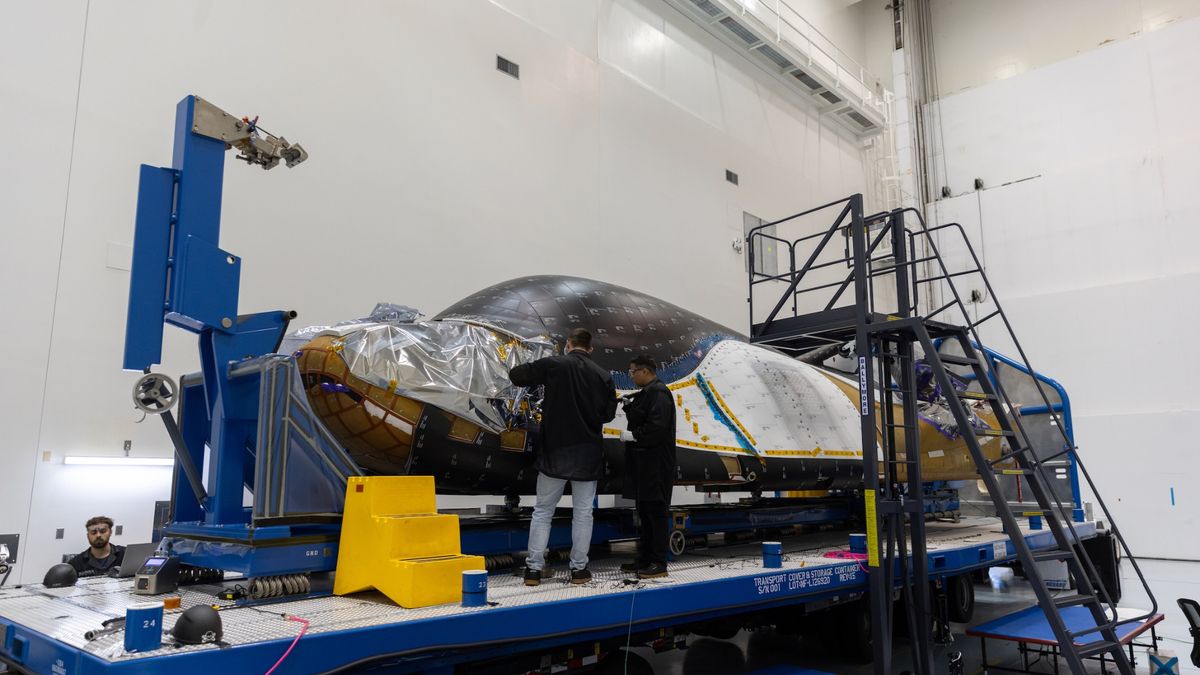Summary: Blood vessels in the brain develop under unique rules, challenging longstanding beliefs about vascular formation. This research identified a specific enzyme crucial for the invasion of blood vessels into the brain, linking the formation of these vessels directly with the establishment of the blood-brain barrier.
This discovery not only enhances our understanding of the cardiovascular system but also opens new pathways for developing targeted treatments for neurological diseases, by manipulating the unique mechanisms governing cerebral blood vessels.
Key Facts:
- Brain blood vessels are formed through unique mechanisms, distinct from those in the rest of the body, involving a specific enzyme critical for their development.
- This process is closely tied to the formation of the blood-brain barrier, ensuring brain protection from harmful substances.
- The discovery offers new hope for therapeutic strategies targeting cerebral vessels, addressing a significant need in treating neurological conditions.
Source: ULB
Cardiovascular diseases, including myocardial infarction and stroke, are the world’s leading cause of death, claiming around 18 million lives a year.
This observation justifies the adage that you are only as old as your arteries and explains why researchers are working relentlessly to understand how the cardiovascular system develops and functions.
Led by Prof. Benoit Vanhollebeke—Professor at the Department of Molecular Biology, Faculty of Science, Université libre de Bruxelles—a ULB team has just made an important discovery.
Contrary to the generally accepted idea that blood vessels form in a similar way throughout the body, Giel Schevenels and colleagues have discovered that those irrigating the brain obey different, totally unprecedented rules.
The researchers discovered that cerebral vessels are equipped with a specific enzyme that is essential for them to invade the brain.
Their study is published Nature.
“What I find noteworthy in this study is that the mechanism of brain angiogenesis that we are disclosing simultaneously enables the vessels to acquire specific properties adapted to the neuronal environment, known as the blood-brain barrier.
“So there seems to be a functional alignment between the very birth of the vessels and their specific functions,” explains Vanhollebeke.
The blood-brain barrier is a set of characteristics of the brain’s blood vessels that strongly limit exchanges between blood and brain tissue. This protects the brain from toxic components circulating in the blood.
“The identification of this mechanism gives us hope that it will one day be possible to develop therapeutic approaches specifically targeting cerebral vessels, which is an important clinical issue in many neurological pathologies,” concludes the researcher.
About this neuroscience research news
Author: Benoit Vanhollebeke
Source: ULB
Contact: Benoit Vanhollebeke – ULB
Image: The image is credited to Neuroscience News
Original Research: Open access.
“A brain-specific angiogenic mechanism enabled by tip-cell specialization” by Benoit Vanhollebeke et al. Nature
Abstract
A brain-specific angiogenic mechanism enabled by tip-cell specialization
Vertebrate organs require locally adapted blood vessels. The gain of such organotypic vessel specializations is often deemed to be molecularly unrelated to the process of organ vascularization.
Here, opposing this model, we reveal a molecular mechanism for brain-specific angiogenesis that operates under the control of Wnt7a/b ligands—well-known blood–brain barrier maturation signals.
The control mechanism relies on Wnt7a/b-dependent expression of Mmp25, which we find is enriched in brain endothelial cells. CRISPR–Cas9 mutagenesis in zebrafish reveals that this poorly characterized glycosylphosphatidylinositol-anchored matrix metalloproteinase is selectively required in endothelial tip cells to enable their initial migration across the pial basement membrane lining the brain surface.
Mechanistically, Mmp25 confers brain invasive competence by cleaving meningeal fibroblast-derived collagen IV α5/6 chains within a short non-collagenous region of the central helical part of the heterotrimer.
After genetic interference with the pial basement membrane composition, the Wnt–β-catenin-dependent organotypic control of brain angiogenesis is lost, resulting in properly patterned, yet blood–brain-barrier-defective cerebrovasculatures.
We reveal an organ-specific angiogenesis mechanism, shed light on tip cell mechanistic angiodiversity and thereby illustrate how organs, by imposing local constraints on angiogenic tip cells, can select vessels matching their distinctive physiological requirements.

Rachel Carter is a health and wellness expert dedicated to helping readers lead healthier lives. With a background in nutrition, she offers evidence-based advice on fitness, nutrition, and mental well-being.








